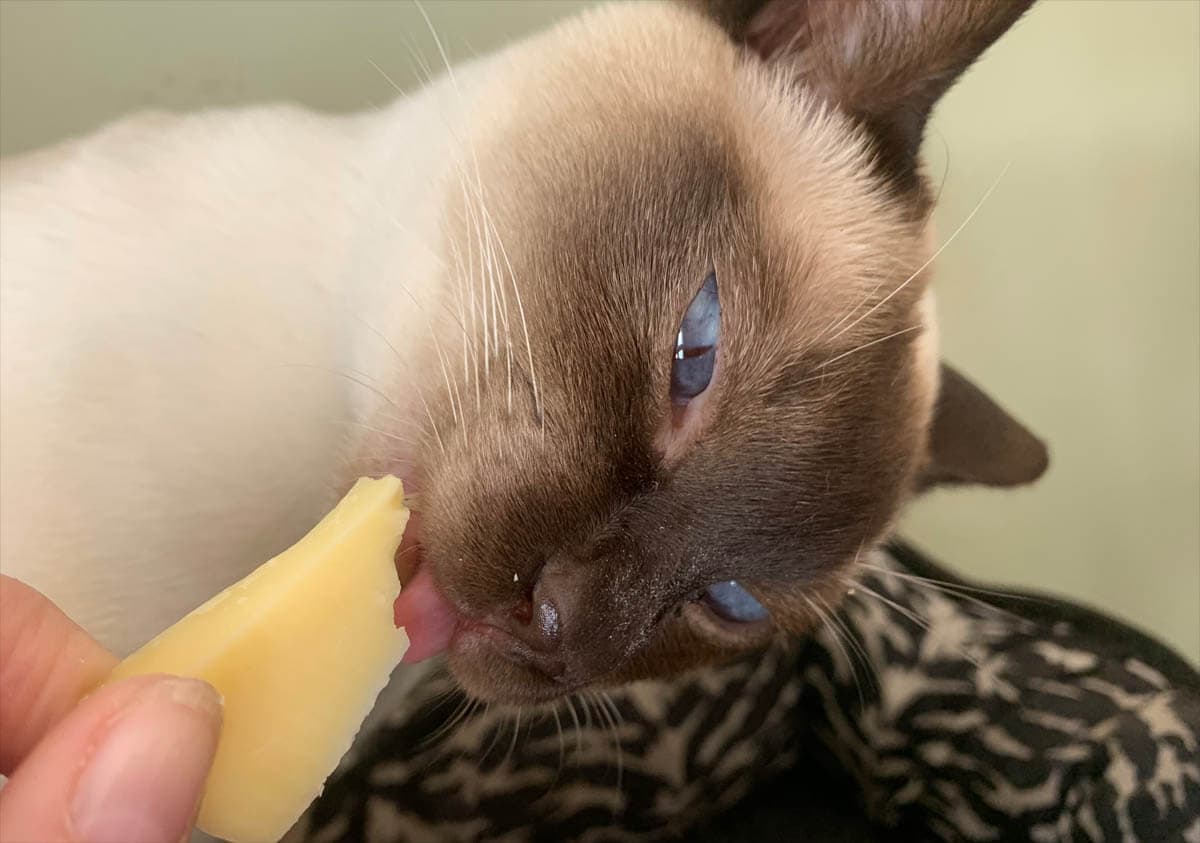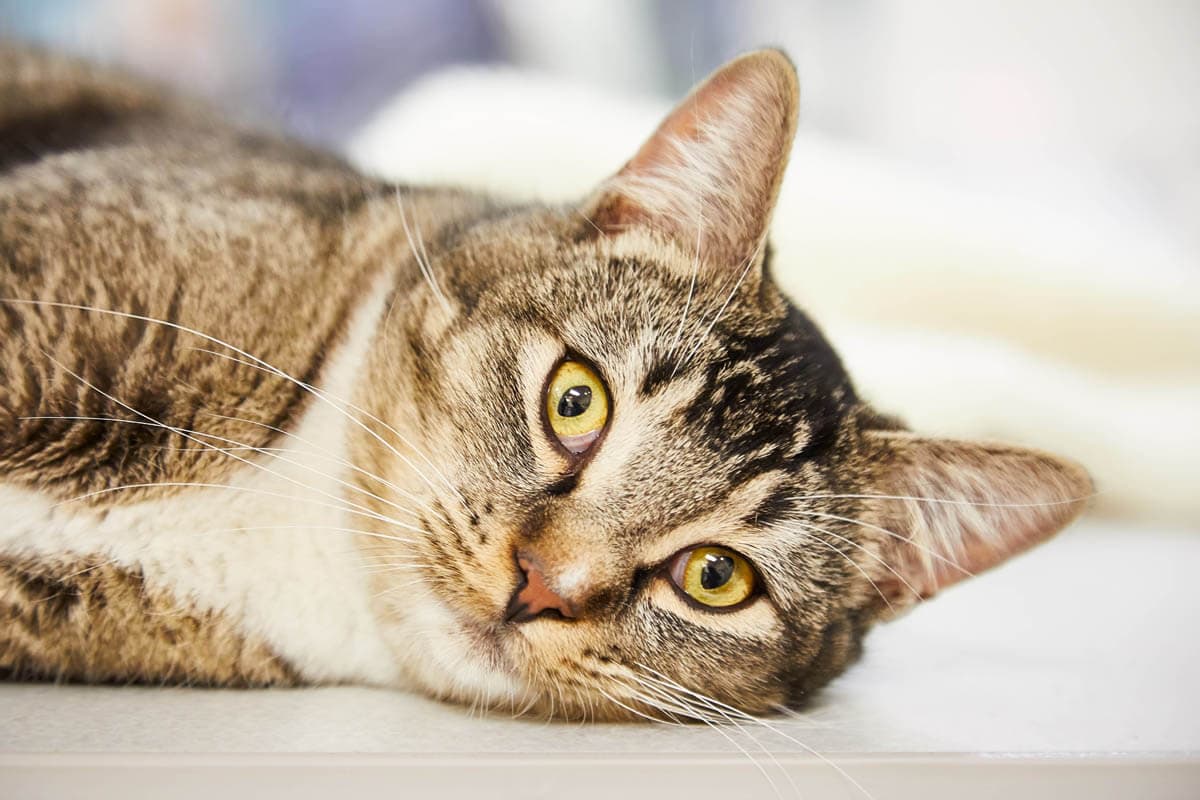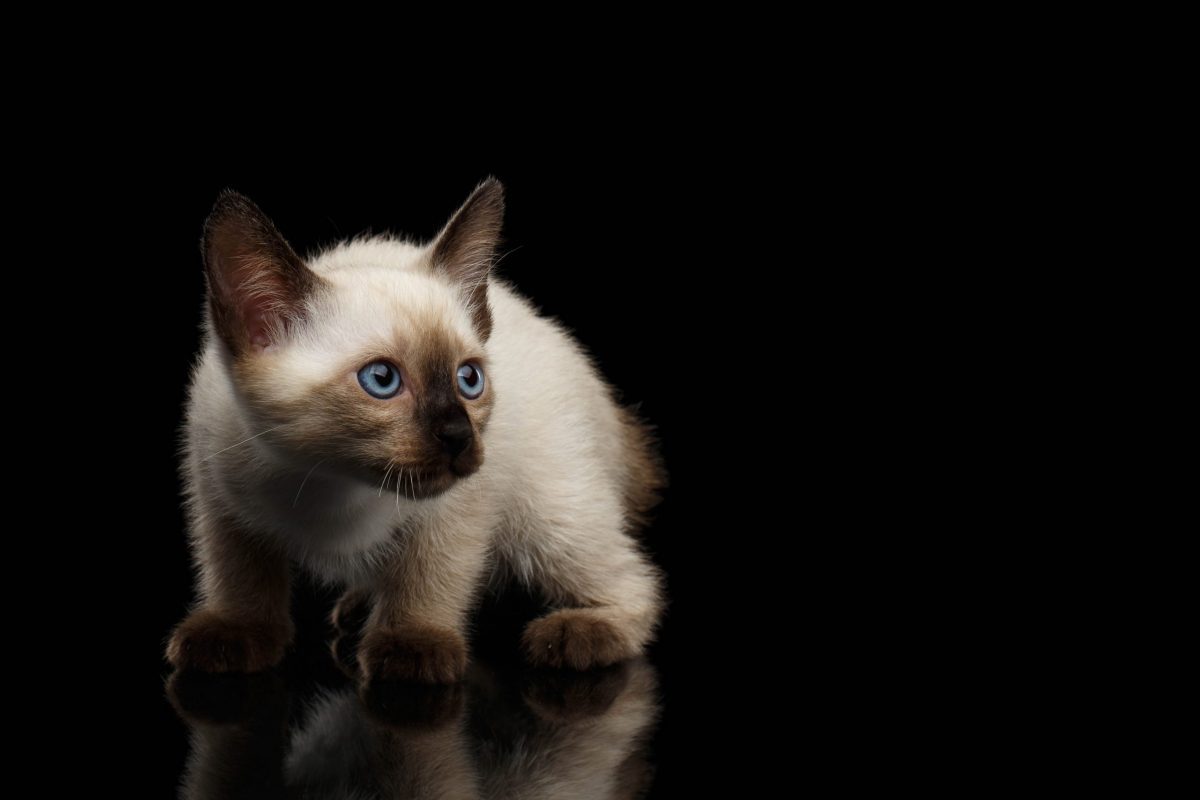Can cats eat cheese?
Most cats can eat a small amount of cheddar of Swiss cheese as an occasional treat. All treats should make up no more than 10% of a cat’s diet to avoid introducing excess calories and nutrition defects. Feed no more than a cube the size of a grape to avoid adding excess calories to the cat’s diet.
Safety
Always start with a small amount and watch how the cat responds. If he or she shows symptoms of bloating, flatulence or diarrhea, discontinue.
We recommend speaking to a veterinarian who is familiar with your cat’s medical history before introducing any new types of food to a cat’s diet as in some cases, certain foods can have an impact on a cat’s underlying health conditions or interact with medications.










